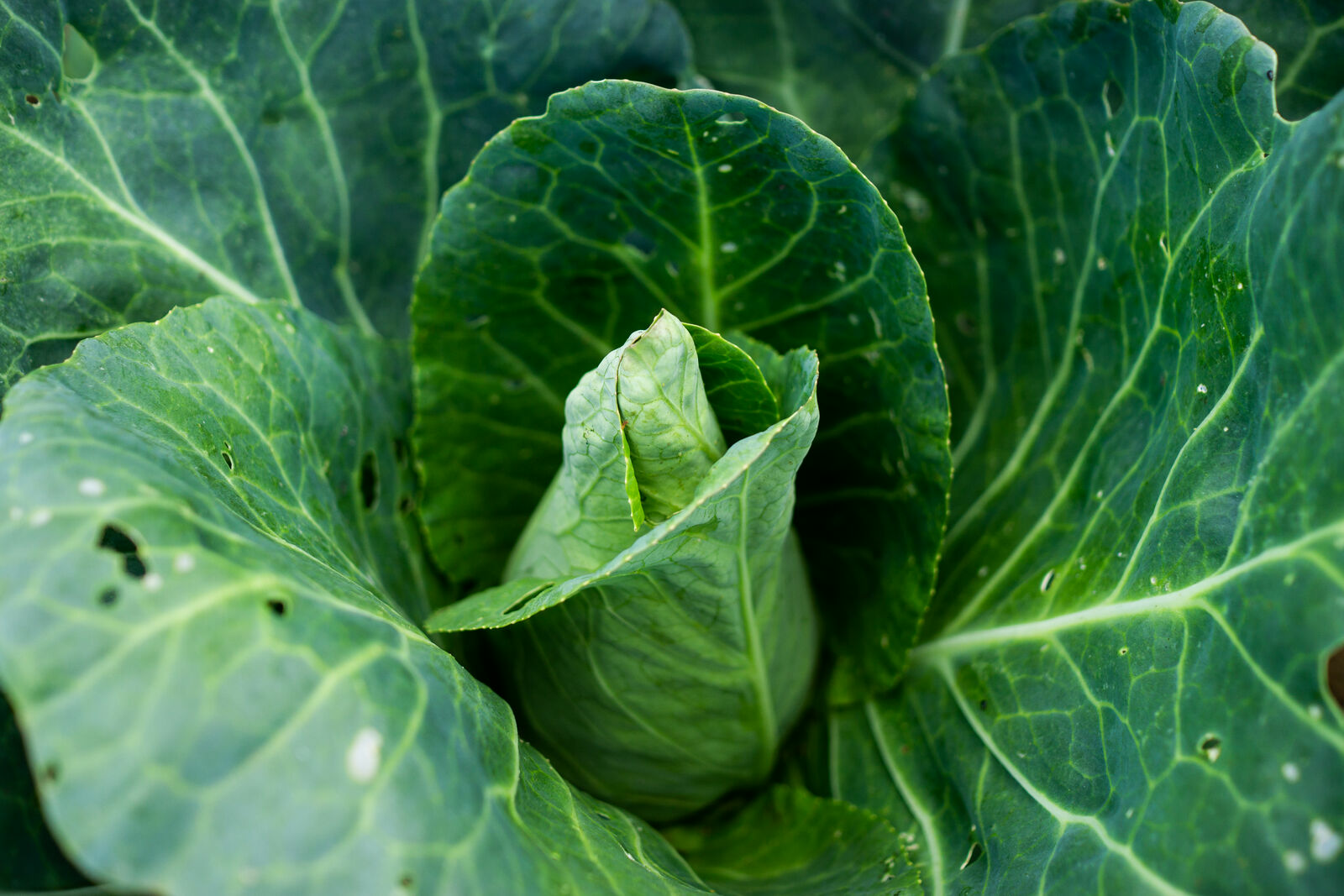
Planting and Growing Cabbage: How to Succeed
Cabbage is in season all year round in Germany and has played an important role in the diet of the Germanic tribes and Romans. Its high vitamin C and mineral content make it a healthy food that can be used in many different ways. Find out here how best to plant, care for and harvest the different types of cabbage in your own garden.
This Article Contains:
- Growing Cabbage: An Overview of Different Types of Cabbage
- The Right Location
- Pre-planting and Planting Cabbage: The Right Timing
- Direct Sowing Cabbage: Is That Possible?
- Succession Cropping and Mixed Cultivation With Cabbage
- Your Planting Plan With Cabbage: Ideas and Examples
- Caring for and Fertilizing Cabbage Plants
- Harvest Time: Harvesting & Processing Cabbage
- Diseases and Pests of Cabbage
- Frequently Asked Questions About Growing Cabbage
Quick Overview
Planting Cabbage: Tips for Location & Timing
- Light requirements: sunny to semi-shady
- Soil: rich in humus, loose and loamy
- Nutrient requirements: heavy feeder (high)
- Water requirement: medium, even
- Pre-breeding: January - March (early varieties)
- Planting: March/April
- Direct sowing:
- Head cabbage: April - May (some varieties also later)
- Kale: May - June
- Pak choi: July
- Planting distance: 40 x 40 cm/15.7 x 15.7 in (smaller varieties) or 50 x 50 cm/19.7 x 19.7 in (larger varieties)
- Planting depth: 3 cm/1.2 in
Growing Cabbage: An Overview of Different Types of Cabbage
All cabbage vegetables originally come from smaller wild forms. These wild cabbage species still grow today in coastal areas on the Mediterranean or even on Heligoland. Like daikon, radishes, turnips, mustard and rapeseed, cabbage belongs to the cruciferous family (Brassicaceae). The vegetable cabbage (Brassica oleracea) was already a valued useful and even medicinal plant among the Germanic tribes and Romans. In the Middle Ages, cabbage was regarded as the "medicine of the poor" because, as we know today, cabbage contains plenty of vitamin C, minerals and antibacterial mustard oil glycosides. Whether cooked, fermented or raw: cabbage is a vegetable that you can enjoy all year round in Germany!
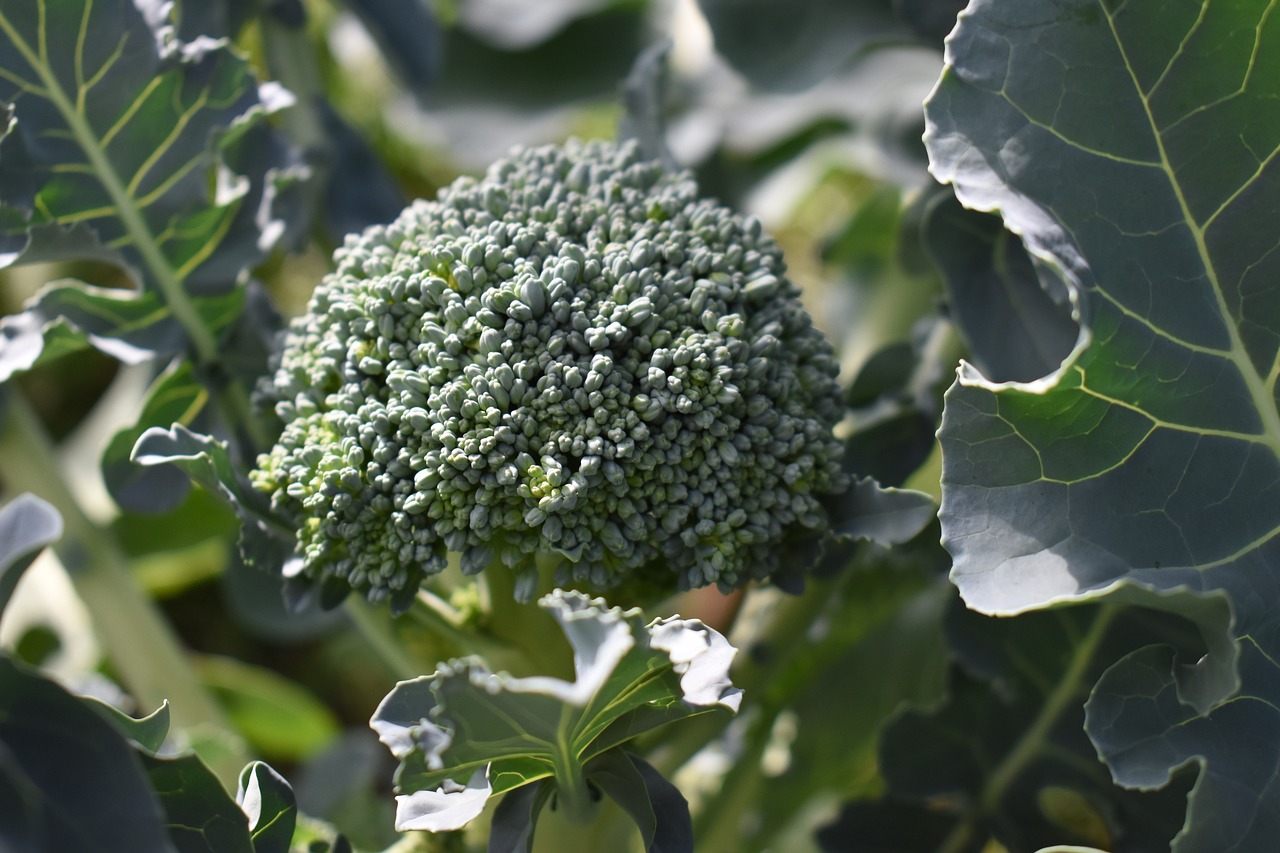
Cabbage spares no expense or effort in its diversity: thanks to different varieties, the focus is always on different parts of the plant.
- In headed cabbage such as white cabbage, pointed cabbage, red cabbage or savoy cabbage, the leaves form a more or less compact head.
- Brussels sprouts always form these heads at the leaf axils of the large leaves.
- The leaves of black cabbage and kale are also used; in contrast to head cabbage, they form a palm-shaped canopy.
- The inflorescence of Broccoli and cauliflower is eaten.
- Kohlrabi, on the other hand, forms a thickened stem that looks like a tuber.
- Radishes, which also belong to the cruciferous family, form underground tubers that are often eaten.
The Right Location
Cabbage grows best in full sun, but can also cope with partial shade. Almost all types of cabbage are Heavy Feeders and therefore require plenty of nutrients for healthy growth. The only exceptions are kohlrabi and radishes as medium feeders. Turnips prefer nutrient-poor soils. Cabbage thrives best in humus-rich, loose and loamy soil. Even watering ensures strong and healthy growth.
Pre-planting and Planting Cabbage: The Right Timing
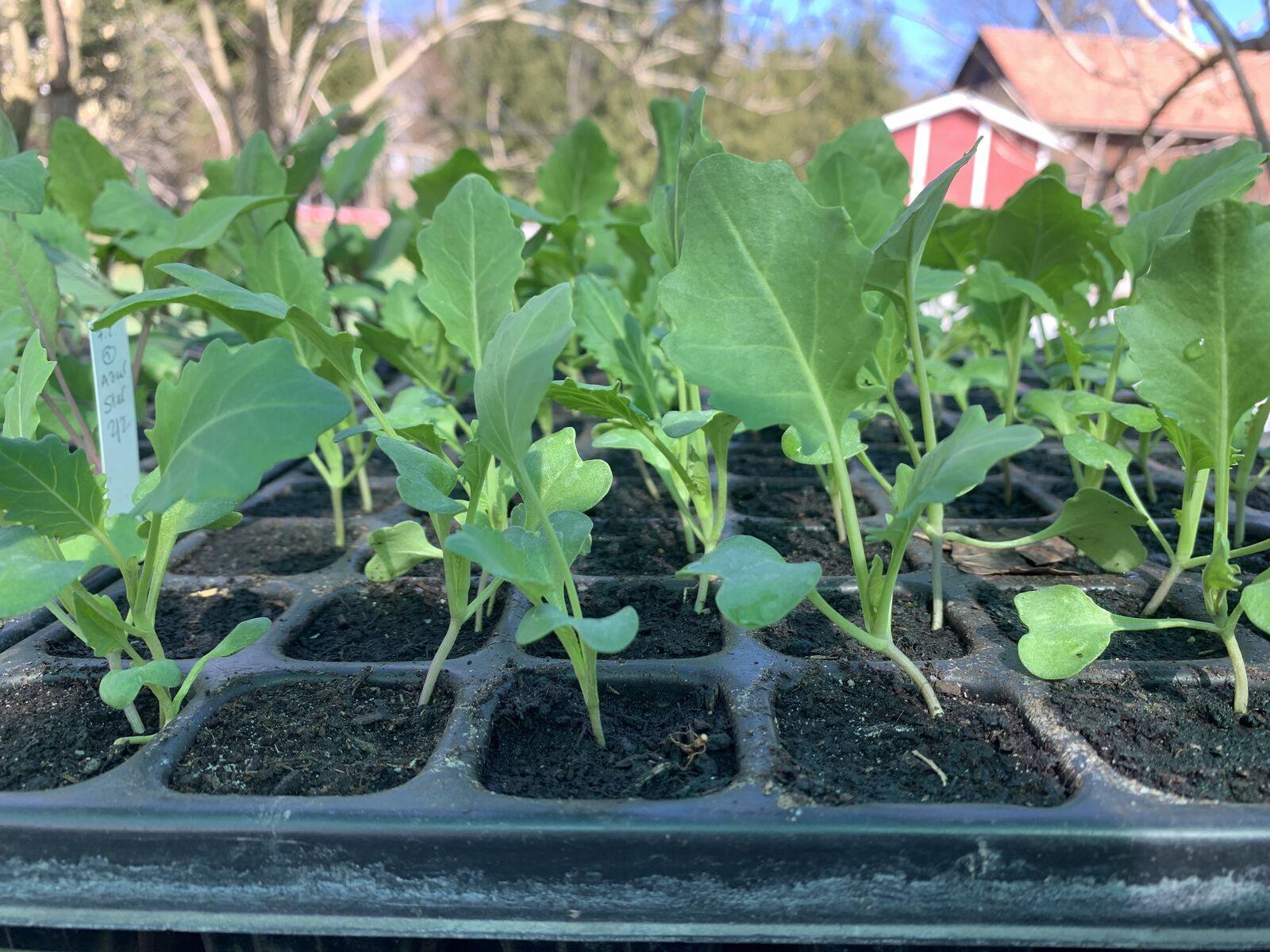
You can proceed in a similar way with all types of head cabbage such as red cabbage, white cabbage, pointed cabbage and savoy cabbage. If you want to harvest in May, you should start pre-growing in January. Head cabbage, kohlrabi, cauliflower, broccoli and Brussels sprouts can also be pre-grown in February and March. It is best to choose suitable early varieties for this. Place the seeds 3 cm/1.2 in deep in pots or multi-plates filled with potting compost. For germination, cabbage plants require a germination temperature of approx. 16 - 20 °C/60.8 - 68 °F as well as sufficient light and moisture. It is therefore best to place the pots on a windowsill or in a heated greenhouse. From March, you can plant out cabbage varieties with a planting distance of approx. 40 x 40 cm/15.7 x 15.7 in. From April, broccoli, cauliflower, kohlrabi and Brussels sprouts can also be planted out. Be sure to cover the sensitive young plants with fleece at night to prevent them from freezing.
Direct Sowing Cabbage: Is That Possible?
Later summer varieties of head cabbage can be sown directly into the bed from April to early May. Kale can be sown from May to June. Chinese cabbage is sown from mid-June, while pak choi is not sown until July. Some varieties of pointed cabbage can also be sown until the end of August. When sowing in midsummer, however, it is essential to ensure regular watering so that the seeds germinate reliably and the young plants can develop healthily. Protect the cabbage plants with a fleece in the fall so that you can harvest them in winter. You should prick out the young plants about a month after sowing. These later varieties need a little more space than earlier ones. Therefore, ensure a planting distance of 50 x 50 cm/19.7 x 19.7 in.
Succession Cropping and Mixed Cultivation With Cabbage
In a classic succesion cropping, cabbage should always be the first crop to be planted on your bed. You can then plant medium-income crops such as lettuce, chard, carrots, onions, beet or beans. Good intercropping partners are spinach, chard, carrots, potatoes, eggplants, tomatoes, peppers, peas, beans, cucumbers or leeks. Bad companions are other cruciferous plants, as well as onions, garlic and strawberries. You can find everything you need to know about Cabbage in Mixed Cultivation With Good and Bad Companion Plants as Well as Tips on Crop Rotation in this article.
Your Planting Plan With Cabbage: Ideas and Examples
For inspiration, we have already prepared planting plans with cabbage. Here you will find ideas for a small balcony bed, greenhouse or a bed in the garden.

Want to Plan a Mixed Crop?
With our bed planner, you can easily plan a colourful mixed crop. Good and bad neighbors are displayed directly and you get tips on crop rotation.
Plan Your Bed NowCaring for and Fertilizing Cabbage Plants
As heavy feeders, most types of cabbage require a lot of nutrients for healthy and vigorous growth. Before planting, you should prepare your beds with mature manure or a compost-manure mixture. An additional dose of compost in the planting hole also boosts growth. You can also use horn shavings or sheep's wool (pellets) to provide long-term fertilization in the bed. A layer of mulch provides humus and retains moisture and warmth in the bed. Plant dips promote head formation. It is best not to use nettle liquid manure as this can attract the cabbage white butterfly! Also ensure that your plants are watered evenly.
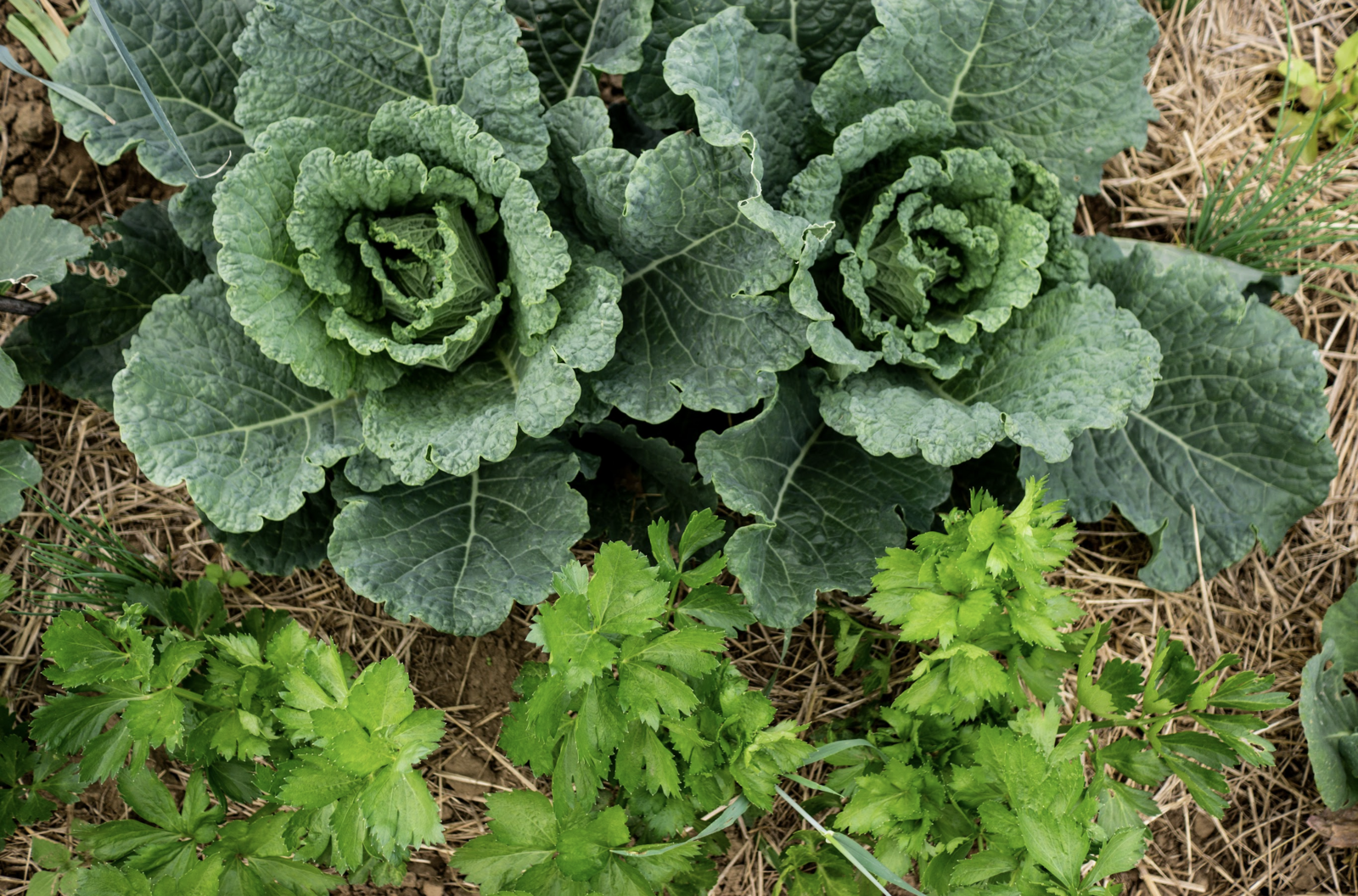
Harvest Time: Harvesting & Processing Cabbage
In most cases, early cab bage varieties are suitable for fresh consumption, while late varieties are more suitable for storage. Late cabbages can be stored in airy wooden crates in a cool, dark cellar. Choose only undamaged heads and cover the crates with a jute or cotton cloth. Check the crates regularly for rot or mold. You can also Overwinter Some Types of Cabbage, Such as Savoy Cabbage, Kale and Butter Cabbage, in the Field. This means you always have freshly harvested vegetables to hand in winter.
To harvest head cabbage, cut off the stalk in a wedge shape. Green and black cab bage can be harvested after the first frost. Brussels sprouts are ready to harvest when the florets are about the size of a walnut. Pak choi and kohlrabi are particularly fast and can be harvested just six to eight weeks after sowing. As varied as the types of cabbage are, there are just as many ways to prepare cabbage. Fried, steamed, raw, boiled, baked in the oven or fermented as sauerkraut or kimchi: cabbage can be enjoyed in many different ways.
Diseases and Pests of Cabbage
To prevent pests, a cultivation break of at least three years should be observed between cruciferous plants. In the event of disease infestation, this should be extended to five to six years.
Common Diseases of Cabbage Plants:
- Cabbage hernia: A fungal disease that attacks the roots and causes them to thicken into lumps. It reduces growth and can even cause the cabbage to die. As a preventative measure, sprinkle a tablespoon of seaweed lime into the planting hole and keep the cultivation break between cruciferous plants.
- Cabbage gall weevil: The disease is similar to cabbage hernia. To distinguish between the two, simply cut open the roots of the plant: If the roots are white and not hollow, it is most likely the cabbage hernia fungus. If the roots are hollow, it is probably the cabbage gall weevil. In both cases, you should unfortunately dispose of your plants as quickly as possible, otherwise other plants may be infected. But beware: the cabbage gall fungus can also survive in compost and infest your plants again later.
- Whiteflies: They sit on the underside of the leaves and suck on the plant sap, making the leaves sticky. Spraying with neem oil can help here.
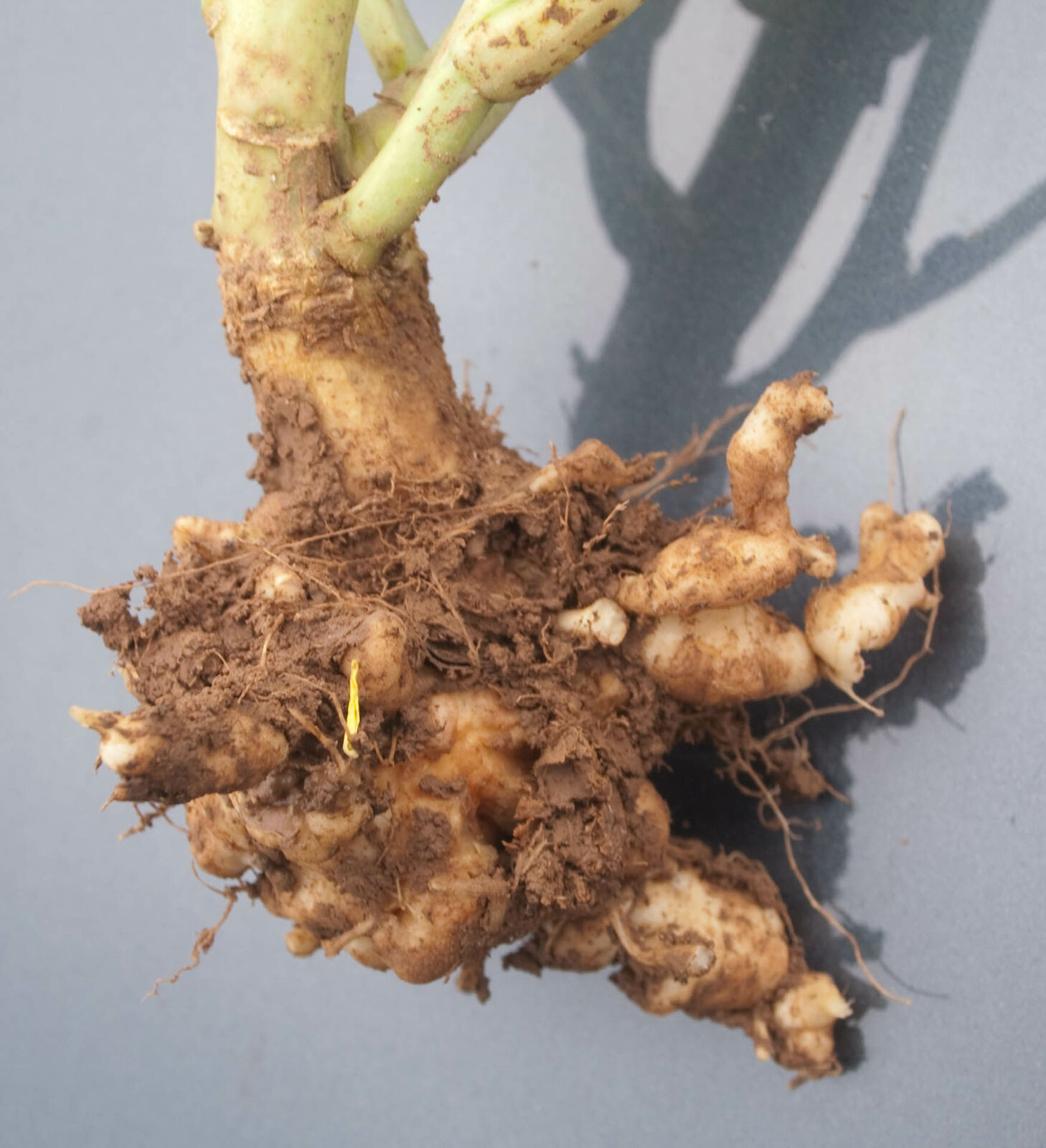
- Cabbage white butterfly: The caterpillars eat the leaves and leave their droppings behind. They are very voracious and can eat entire plants bare. After planting, the seedlings should therefore be covered with vegetable protection nets. You can also prevent infestation by planting tomatoes and celery next to your cabbage. You can find out more about cabbage white butterflies and how to control them in our article Cabbage White Butterfly Control: About Cabbage White Butterfly Caterpillars and Eggs.
- Earth fleas: They eat holes in the leaves in dry weather. Evenly moist soil (e.g. through mulch) can help prevent this.
- Powdery mildew: If your cabbage plants are affected by the fungus, you can water them with horsetail manure. This is very easy to make. You need horsetail, water and a bucket. Then you can proceed according to the same principle as with Nettle Liquid Manure. To prevent the fungus, a mixed culture with garlic can also be worthwhile.
I hope this has whetted your appetite for growing cabbage in the garden. If you have any questions or comments, please write to us at [email protected].
Would you like to receive helpful gardening tips all year round and plan your own beds optimally? Then register here or download the Fryd app for Android or iOS download.
Fryd - your digital bed planner
Cover picture: congerdesign on Pixabay

Isabell
Isabell studies agricultural sciences and loves to be surprised by nature and its complexity again and again. Herbs - whether gathered wild or in the garden - are her passion.
Learn MoreCurrent Topics in the Community
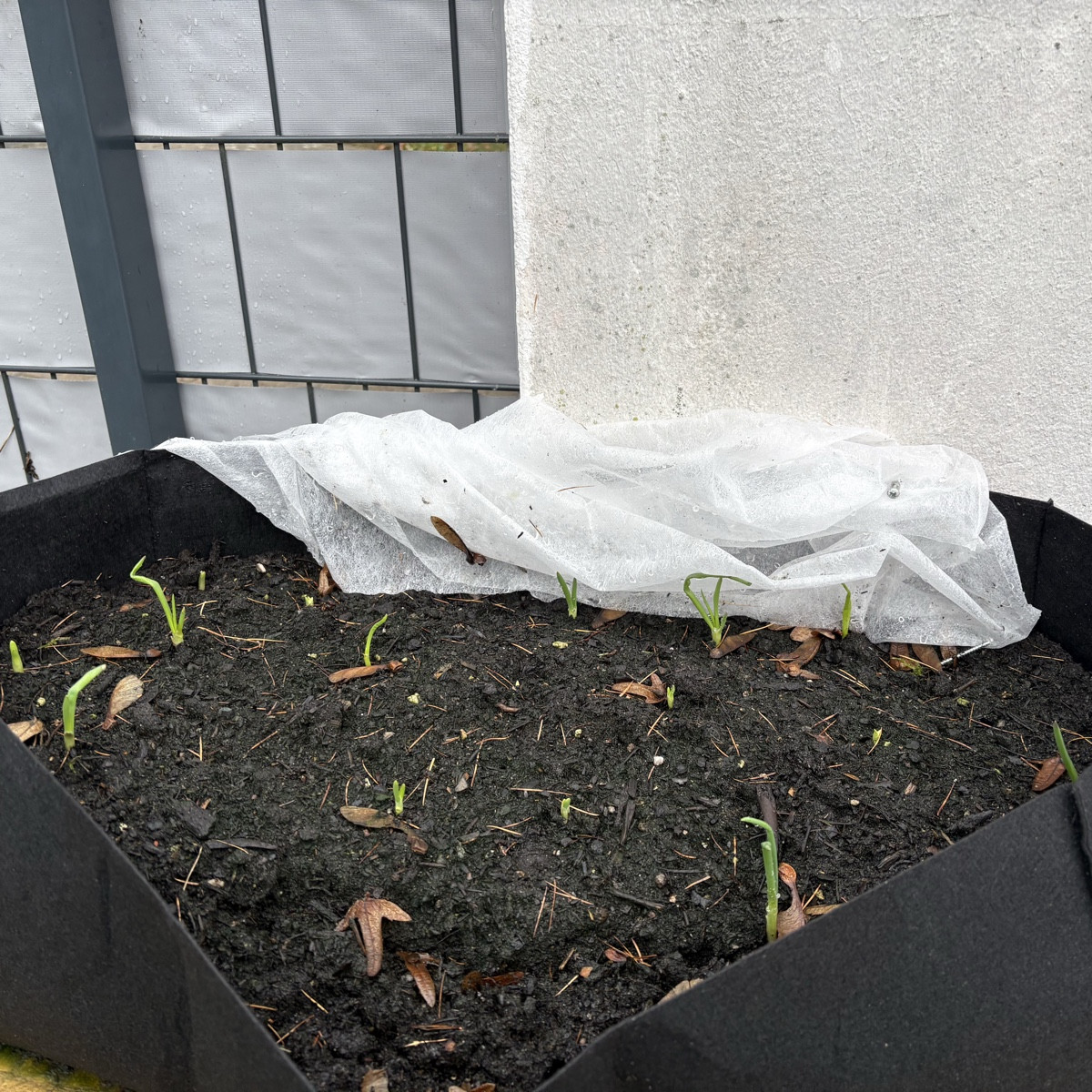
Liked 1 times
My winter onions are also growing quite well. They are of the Red Cross variety. I planted them on 28.10 in a felt pot 60x30x20 cm
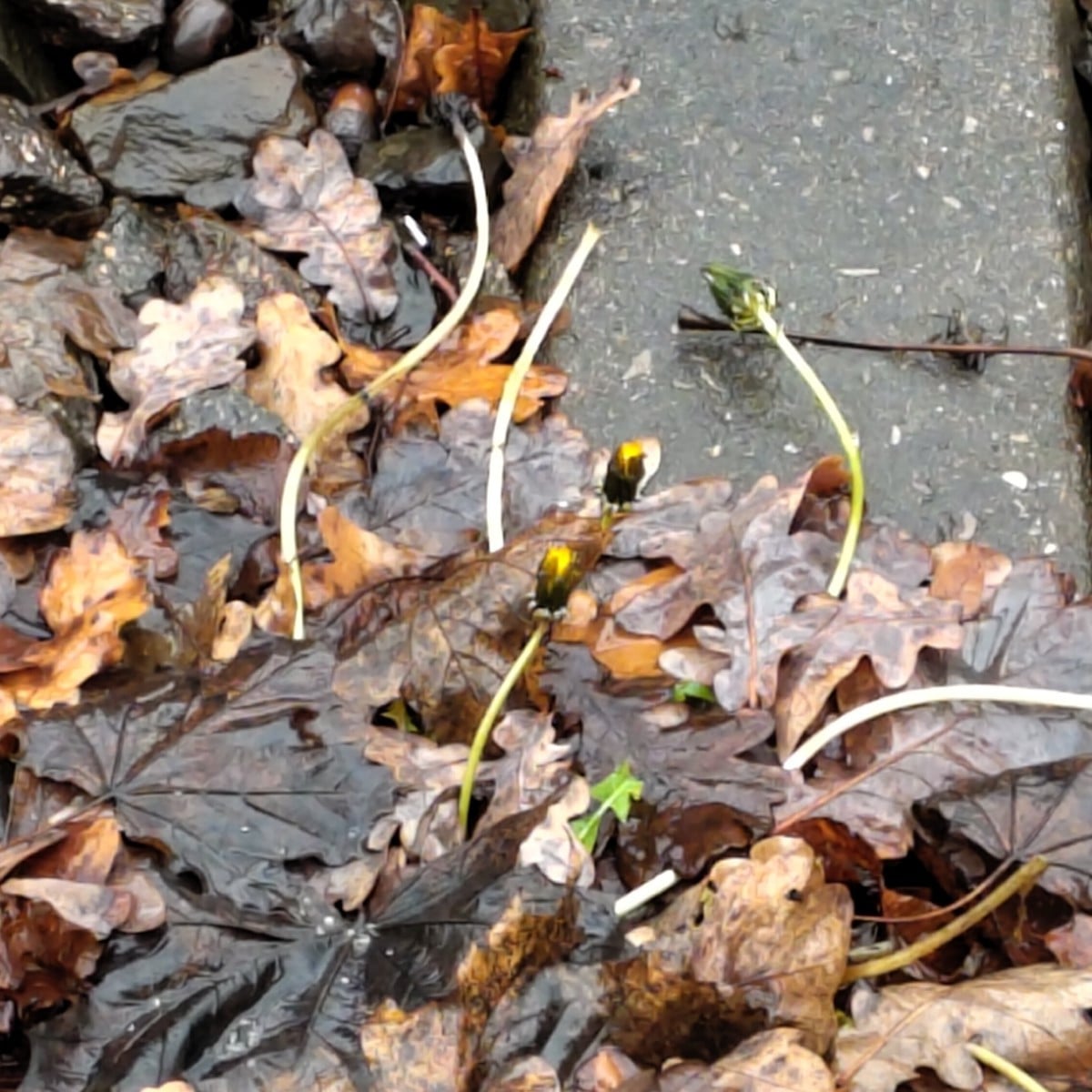
Liked 6 times
Another post from the curiosities section: I noticed this dandelion at the streetcar stop in a 'wintry' 13°C weather. It obviously thinks that snow and double-digit frost were enough winter and is now pushing new flowers through the foliage. It's a shame it's by the tracks, otherwise it would probably have ended up in my salad. 😋

Liked 16 times
As a suggestion for those who eat citrus fruits and have some time in the evening: simply cut a few simple shapes out of them with a sharp knife and dry them on the heater. The next day it was bone dry in our house ;)
Show 3 answersPopular Articles
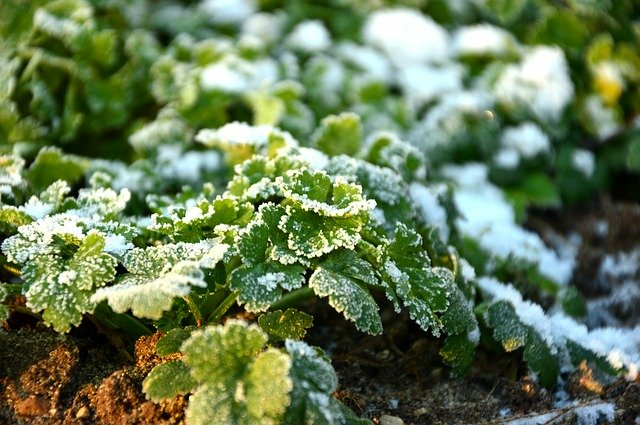
Overwintering Parsley: How to Do It Successfully
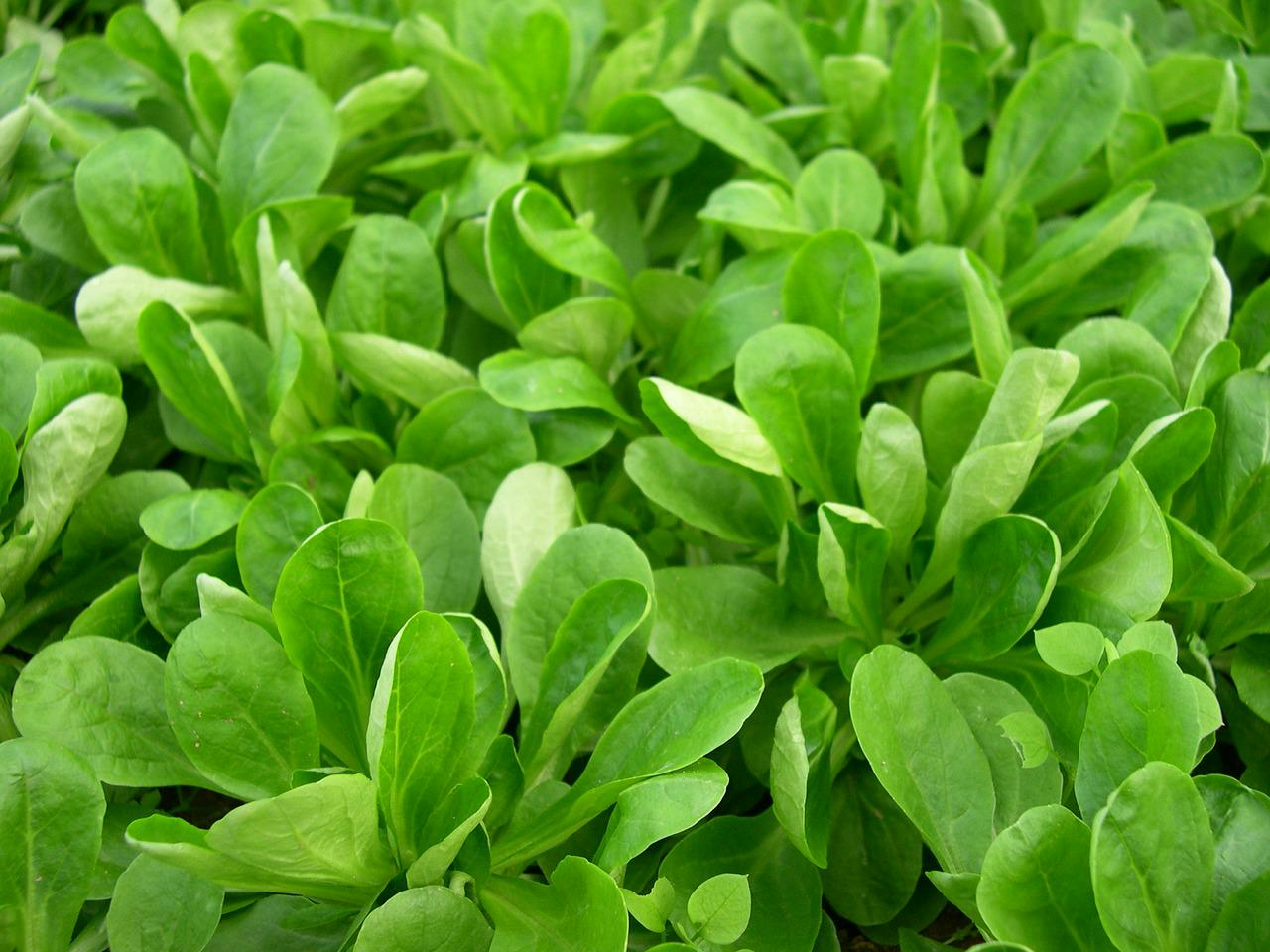
How to Grow Lettuce in Winter: Varieties, Sowing, Harvesting

Growing Sage Plant: Tips for Sowing and Harvesting
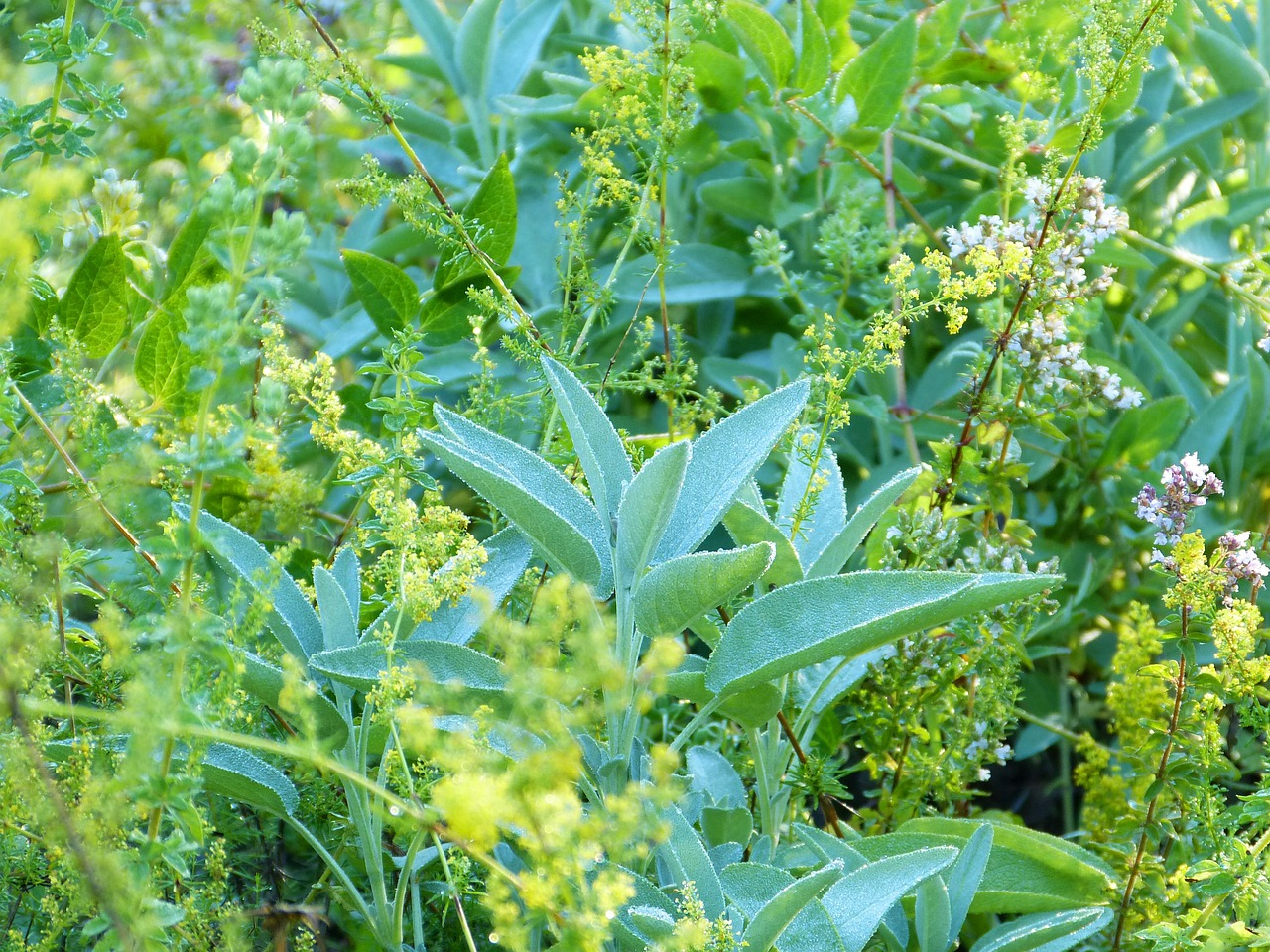
What Herbs Can Be Planted Together?
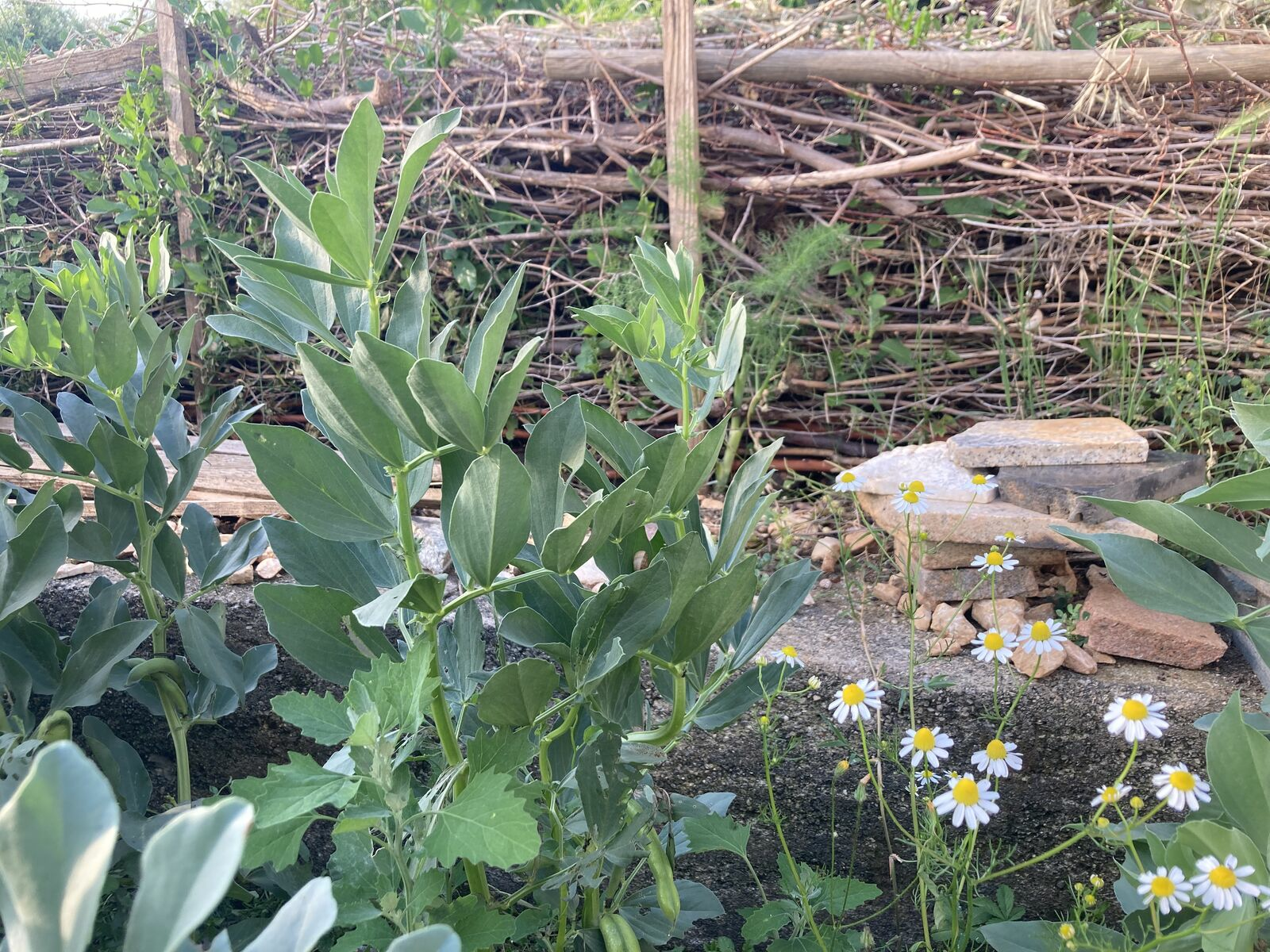
Create & Design a Permaculture Garden
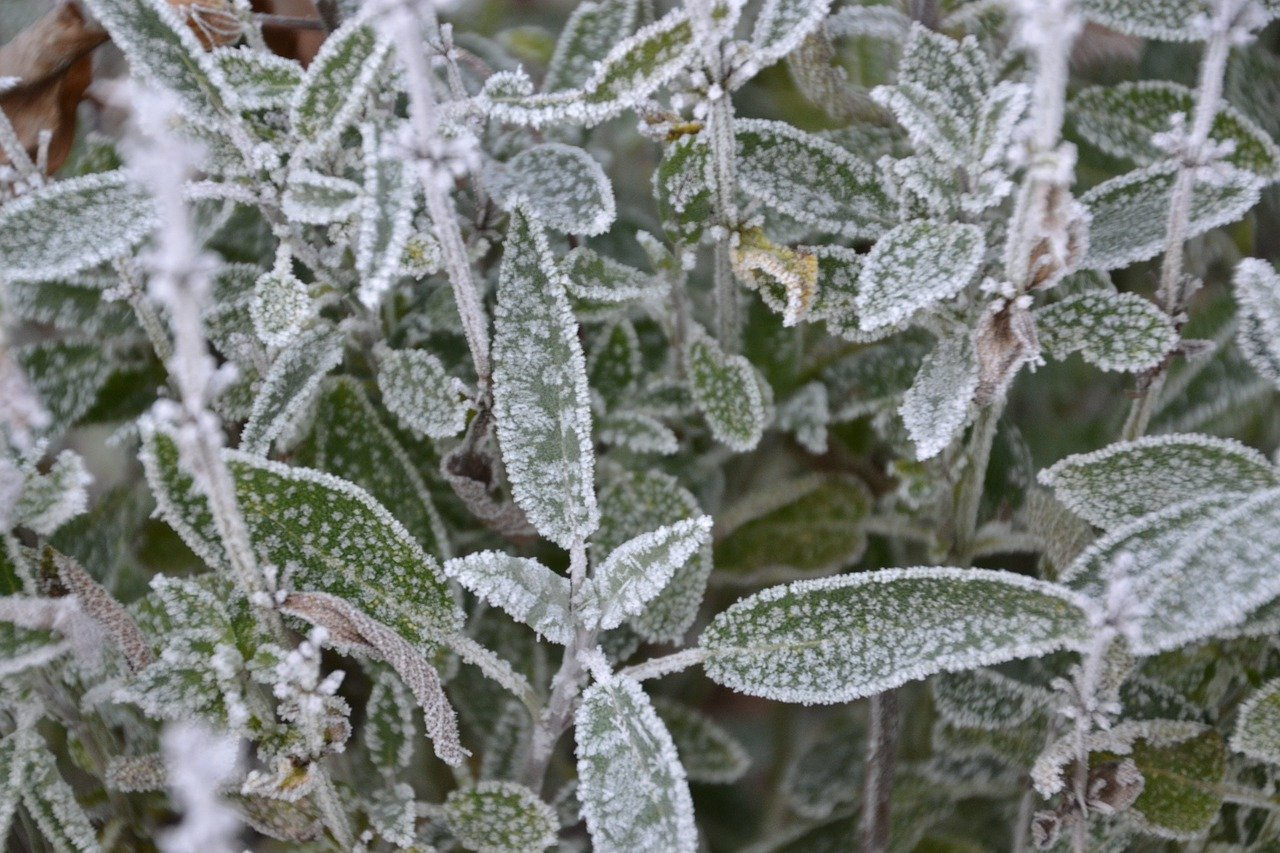
Overwintering Plants: Tubs, Pots and Raised Beds

Pruning, Fertilizing & Propagating Currants: Care Tips
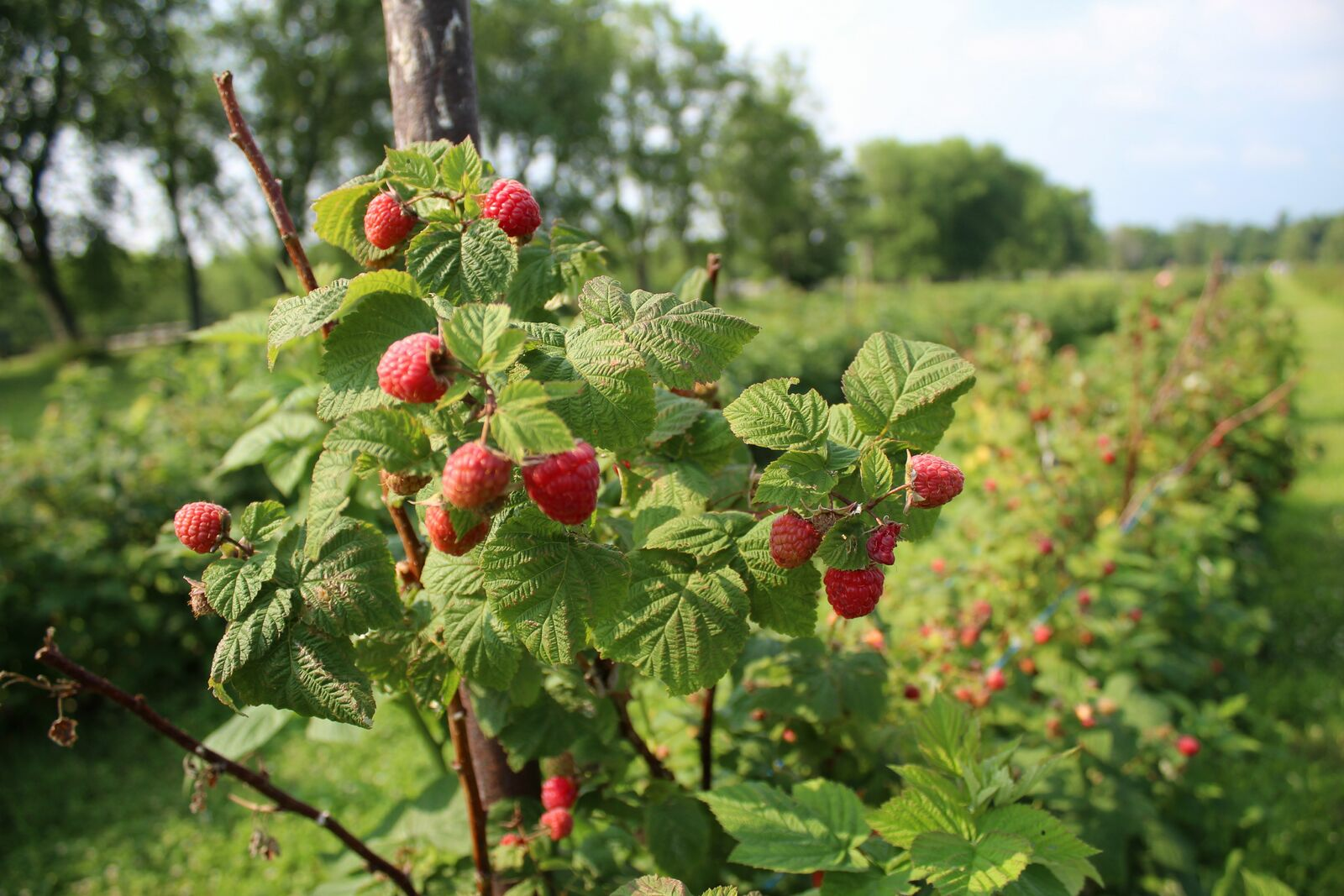
Pruning Raspberries: How to Do It
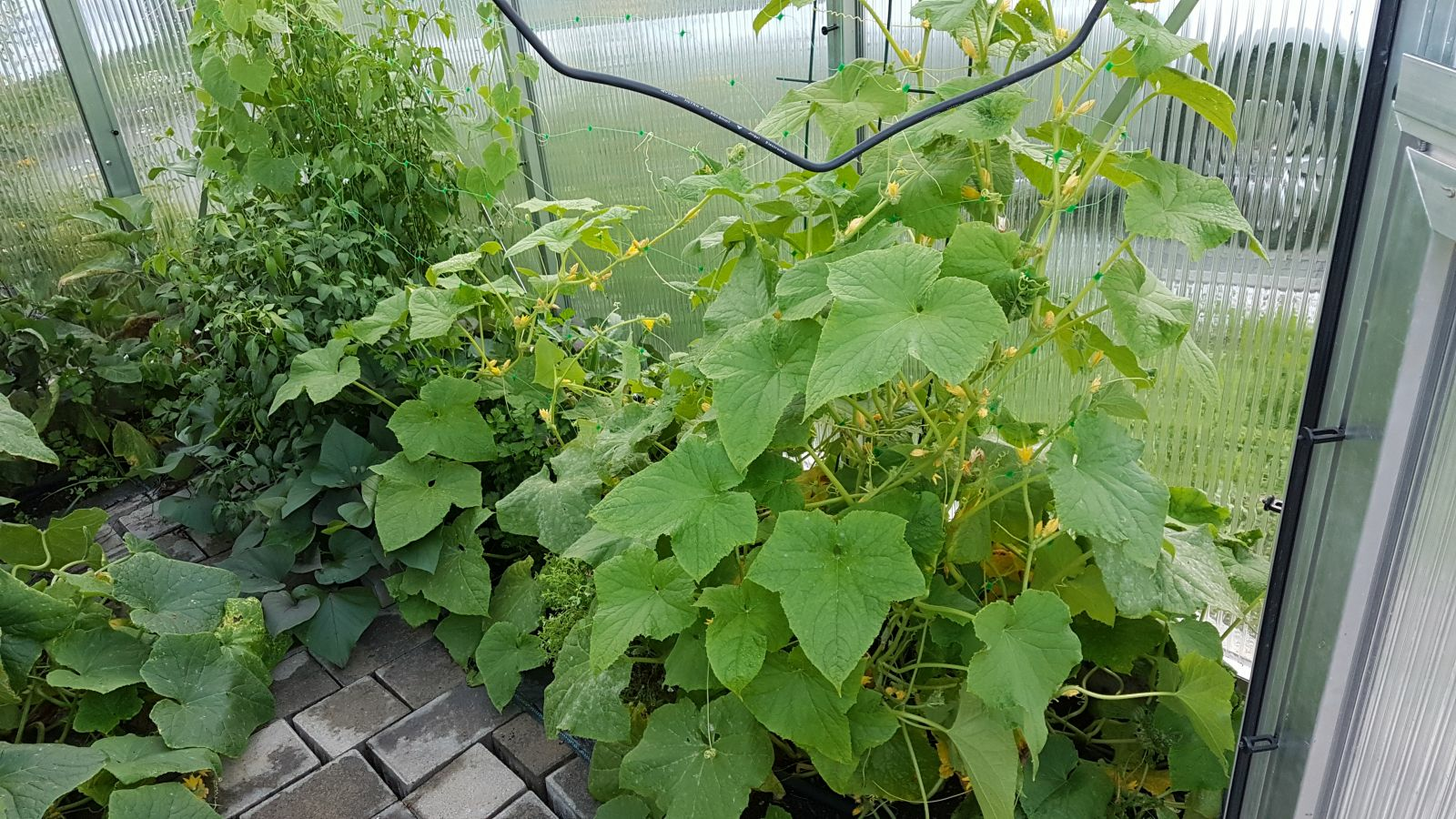
Vegetable Garden With Greenhouse: How to Use Greenhouse Effect
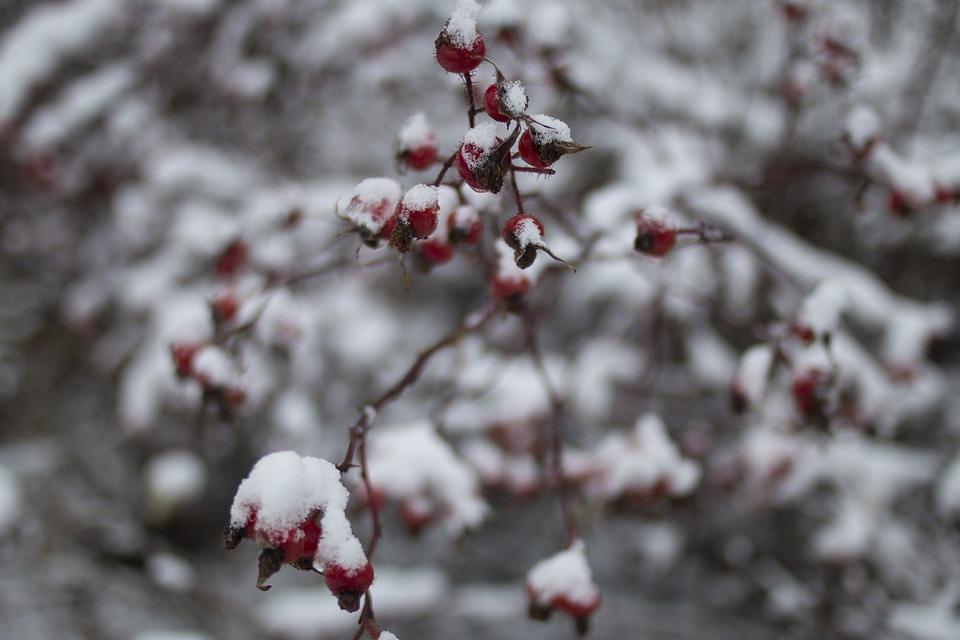
Winterizing Beds and the Garden: How to Do It
FAQ
What location and soil does cabbage prefer?
Cabbage grows best in full sun to semi-shady locations on humus-rich, loose and loamy soil.
How and when should cabbage be planted?
For an early harvest, pre-breeding of head cabbage varieties should begin in January. Planting then takes place from March/April with a spacing of 50x50 cm, depending on the variety.
What is the optimal care and fertilization for cabbage?
As a heavy eater, cabbage needs a lot of nutrients. Beds should be prepared with mature manure or compost before planting. Mulching and even watering are also important.
When and how is cabbage harvested?
The harvest time depends on the variety. Early varieties are suitable for fresh consumption, late varieties for storage. Head cabbage is cut off the stalk in a wedge shape.
How do you prevent diseases and pests in cabbage?
A cultivation break of at least three years between cruciferous plants and the use of protective nets against cabbage white butterflies are effective measures.